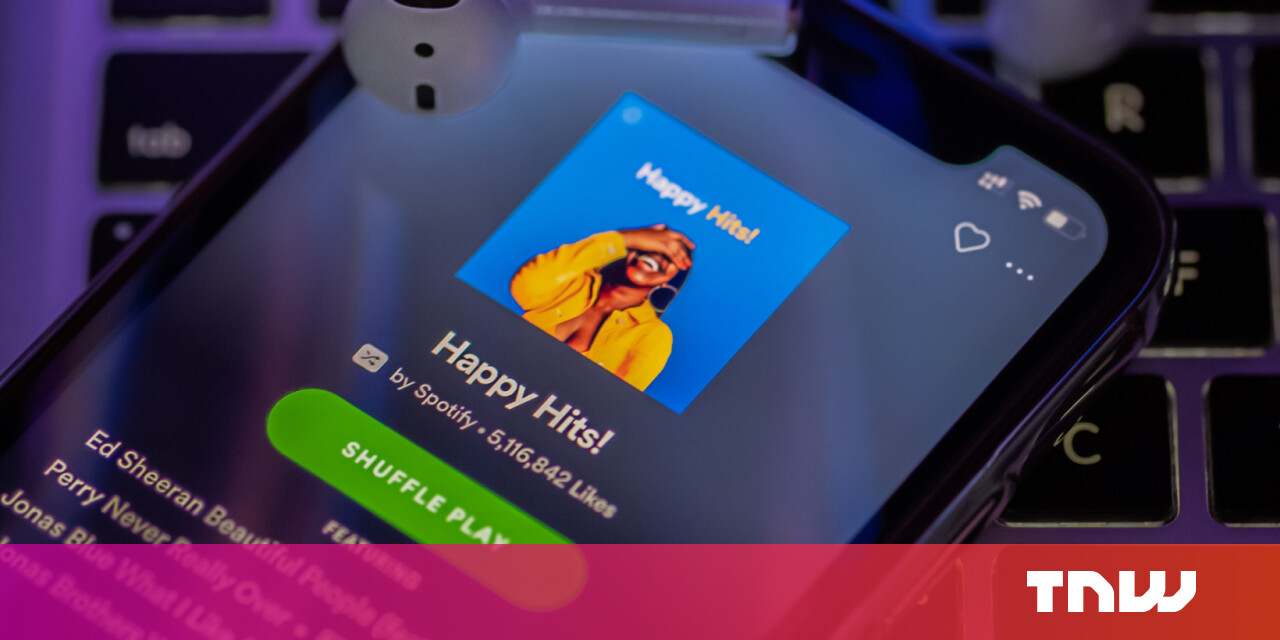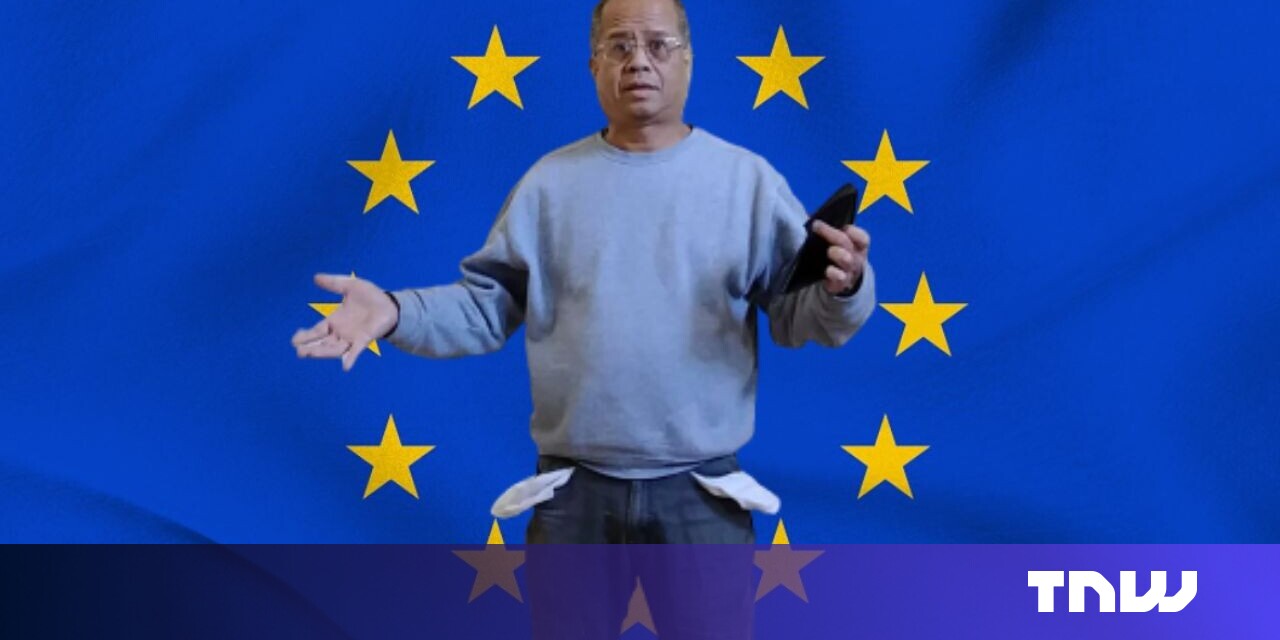#Listen up: Streaming popular music playlists hurts smaller artists’ revenue

Table of Contents
“#Listen up: Streaming popular music playlists hurts smaller artists’ revenue”
That’s not the case on music streaming platforms, where artists aren’t paid a fixed fee when you stream their songs or albums. Instead, your subscription fee enters a big pot which is then split between every artist on the platform based on their share of overall streams. You can think of the payment pot as a pie chart: the size of an artist’s slice of revenue is determined by how many streams they get compared with their fellow artists.
This might seem a fair way to distribute music streaming revenue. If Rihanna gets 1% of all streams on Spotify, it’s fair that she is paid 1% of the subscription revenue. But this system, called the pro rata payment model, begins to look unfair when the effects of curated playlists are taken into account.
Popular playlists are streamed repeatedly by millions of people, constituting around a third of all streams on platforms like Spotify – a third of the pro rata pie. Because the third of the streaming pie represented by playlists mostly features the world’s most prominent musicians, the effect of playlists is to enlarge the slices enjoyed by the biggest artists at the expense of smaller artists, who see their tiny slices shrink further.
This uneven playing field was the subject of our recent investigation into playlists on Spotify, conducted with royalty-pricing expert Daniel Antal. We found that playlists don’t just benefit top artists, but the curators of these playlists may unfairly favor such artists, influenced by the negotiating power of the major music labels that manage them.
On demand
Over the last few years, music streaming has become the dominant form of music distribution around the world. Today, streaming makes up over half of global revenue from the selling of recorded music.
Globally, almost four in five listeners use Spotify, Apple Music, Amazon, Tencent, or YouTube. Some of the music that listeners on these platforms come across is the result of a targeted search for a specific artist or an album, but many people choose to simply defer to a playlist of some sort to throw together their musical diet.

The biggest playlists on Spotify are curated by the platform’s editors, attracting several million regular listeners. As an artist, featuring in a top playlist is like hitting the jackpot: your streams will rocket, and your slice of the pie will increase.
There are over 4 billion playlists on Spotify, but those that make up the top 100 attract a quarter of all playlist followers. Our study found that 81% of the songs in these top 100 Spotify playlists are recordings by major music labels. A 2018 study found inclusion in a top playlist with 18.5 million followers raises an artist’s streams by almost 20 million, and results in a payout of at least US$116,000 (£84,500).
Getting listed
Naturally, artists, record labels and their distribution partners are all interested in maximizing the streams their songs receive and consequently the revenue they can pocket. Getting into the top playlists is a smart way of achieving this, but with around 60,000 new songs uploaded each day on Spotify alone, this is not a trivial task.
Major record labels, with their enormous catalog of current and past music as a bargaining chip, are in a strong position to negotiate preferential playlist access. Their bargaining power is further enhanced by the minimum payment guarantees they include in their contracts with streaming platforms, and the equity stakes they hold in some of them. The major labels also have their own large playlists, such as Filtr and Topsify, which further enhances playlist access for their artists.
As a result, our analysis of Spotify data suggests that independent label artists are getting less than their fair share of access to the most popular playlists. And under the pro rata system, that means smaller artists are seeing their streaming revenues further depleted – especially by heavy users, such as pubs and cafes, who are constantly playing popular playlists throughout the day.
User centrism
Earlier this year, musicians held a series of worldwide protests outside Spotify’s offices. One of their demands was for Spotify to move towards a “user-centric” payment model.
Toronto demands #JusticeAtSpotify https://t.co/E10iCcSwI3
— Union of Musicians and Allied Workers (@UMAW_) March 16, 2021
It’s a system we’d urgently recommend, as it would see the royalties generated by your subscription split simply between the artists you choose to listen to. The available evidence suggests that a move to user-centric payments would benefit local and national artists that cater for more niche tastes, redistributing this cash from the more international and mainstream stars.
In the UK, the Department for Digital, Culture, Media and Sport has formed a committee to investigate whether the economics of music streaming is fair to all artists. Our study is one of the submissions to help the committee plan the way forward for music streaming in the UK.
In a pandemic hit world, where live music is almost completely (although hopefully only temporarily) eradicated, music streaming is an important source of income for musicians. But if independent labels and artists are left without a sufficient slice of the pie, it threatens the wonderful diversity of music we currently have on-demand access to, wherever we are in the world.![]()
This article by Peter Ormosi, Associate Professor of Competition Economics, University of East Anglia and Amelia Fletcher, Professor of Competition Policy, University of East Anglia, is republished from The Conversation under a Creative Commons license. Read the original article.
Read next:
Waymo’s 7 principles of outcome-centered design are what your product needs
If you liked the article, do not forget to share it with your friends. Follow us on Google News too, click on the star and choose us from your favorites.
For forums sites go to Forum.BuradaBiliyorum.Com
If you want to read more like this article, you can visit our Technology category.




